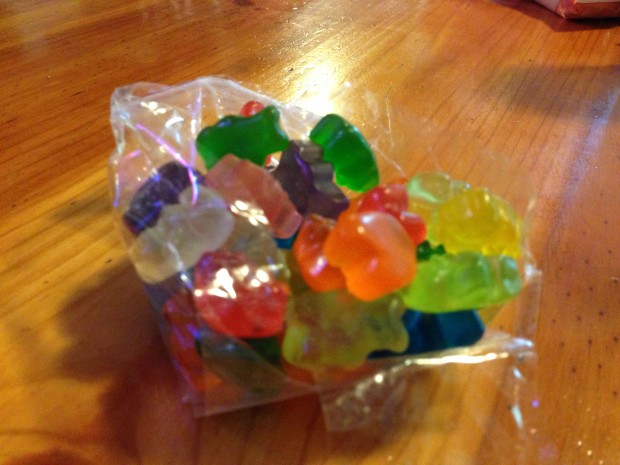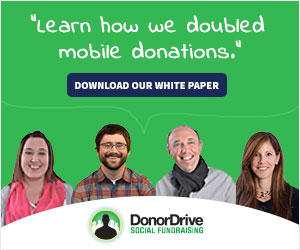
Who invented the Gummy Bear?
My Millennial Story
Donating 10 inches of hair to charity and instantly feeling awesome: It inspired me to suggest this is how all nonprofits should handle donors.
This weekend, my life took a turn. A chapter in my life ended and a new one began. I didn’t get a new job. I didn’t move across the country. I didn’t have a traumatic experience or an exceptionally wonderful experience. And I certainly didn’t win the lottery. So how could my life change for in one weekend? After three years of growing it out, I cut off ten inches of hair and donated them.
As superficial as it sounds, my hair has been a part of who I am for the past several years. My father, who lost his nine-year battle with Multiple Myeloma last February, lost his hair a number of times. I always felt so blessed to have hair on my head, but also knew that my ability to grow a full head of hair is something that shouldn’t be taken for granted.
After the initial shock of cutting my hair, I grabbed my ponytails (two because I have a lot of hair), shoved them in a Ziplock bag, and got online to see where to send them. Organizations like Locks of Love, Children with Hair Loss, and Pantene’s Beautiful Lengths Campaign take hair donations and turn them into hair pieces and wigs to put beautiful hair back on the heads of underprivileged children and women who’ve lost their hair as a result of disease.
One thing these organizations do well, besides their entire cause, of course, is the instant gratification they give donors. I held the ponytails in my hands and knew in my heart that they’d be integrated into a wig on someone else’s head someday. And although most of these organizations don’t acknowledge your donation for a couple of months, you know it’s going to a great place.
Instant gratification is something that is incredibly important to Millennials – and these days – virtually everyone. People like to see the impact they’re making, either with their physical efforts or with their financial efforts immediately. Here are a few great ways to give your donors instant gratification:
Ask for their Twitter handle and tweet them a thank you from your organization’s Twitter handle. Twitter is a great way to reach Millennials. We’re on it and we love getting emails and alerts that someone, especially a well-known nonprofit, have shared our Twitter handle with another network.
Code a real-time list of names, and potentially messages, of your most recent donors. If you keep this list rolling for a short period of time, the donor is likely to share the link with their network to show their name scrolling. Be sure to give donors the option to opt out of this feature.
Create giving levels with personal stories. If your organization can stretch dollars, show that to a donor. The Mid-Ohio Foodbank shares that with one donated dollar, it is able to distribute $11 worth of groceries to community food pantries. Donors can do the math to discover that their $10 donation is actually worth $110 of groceries.





